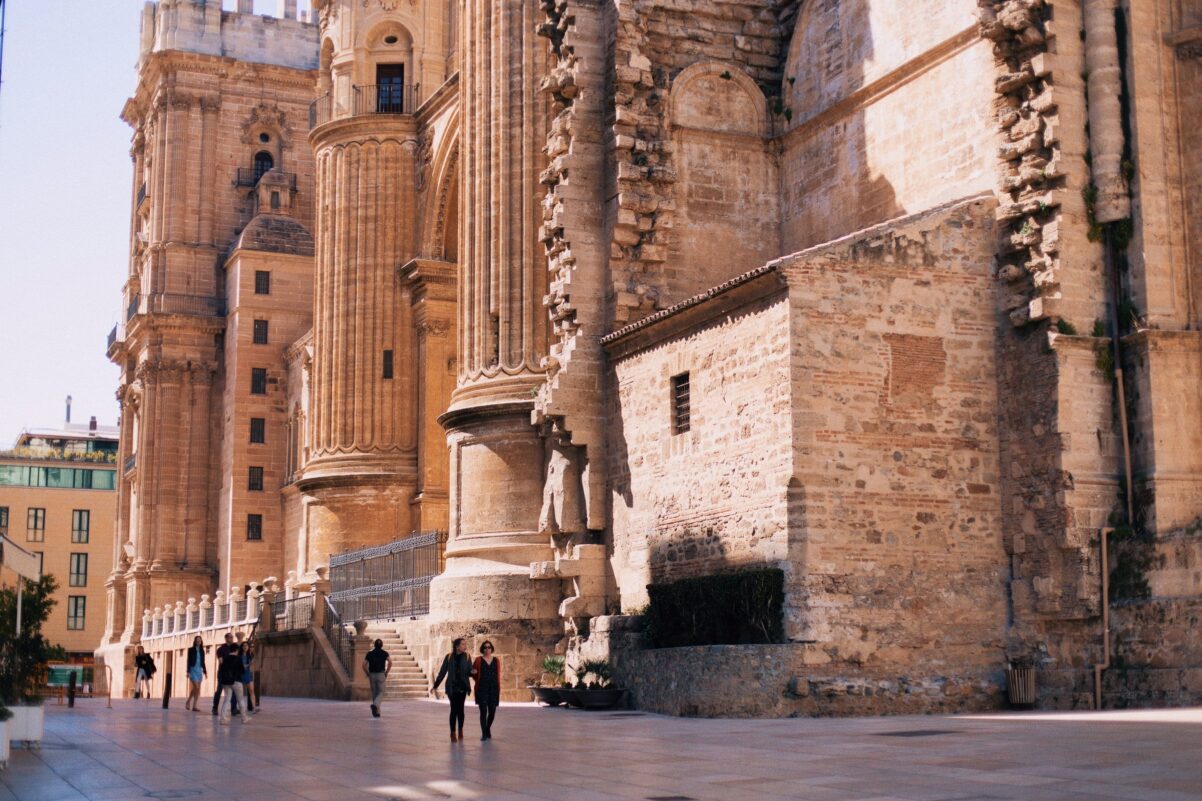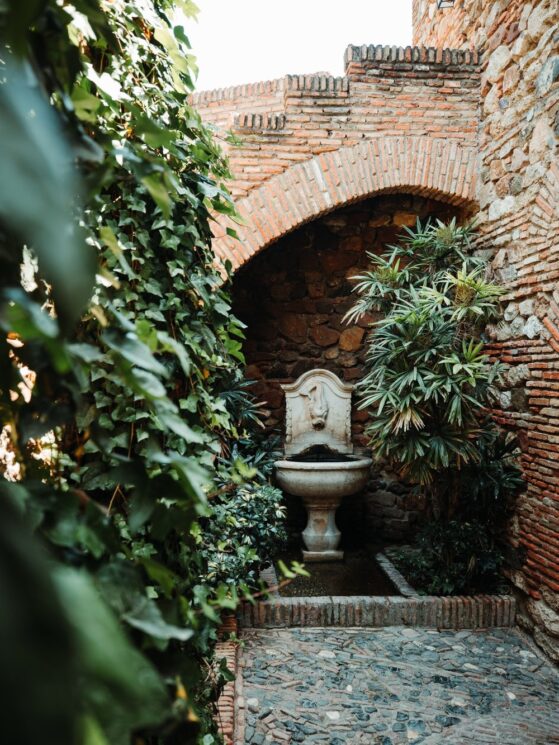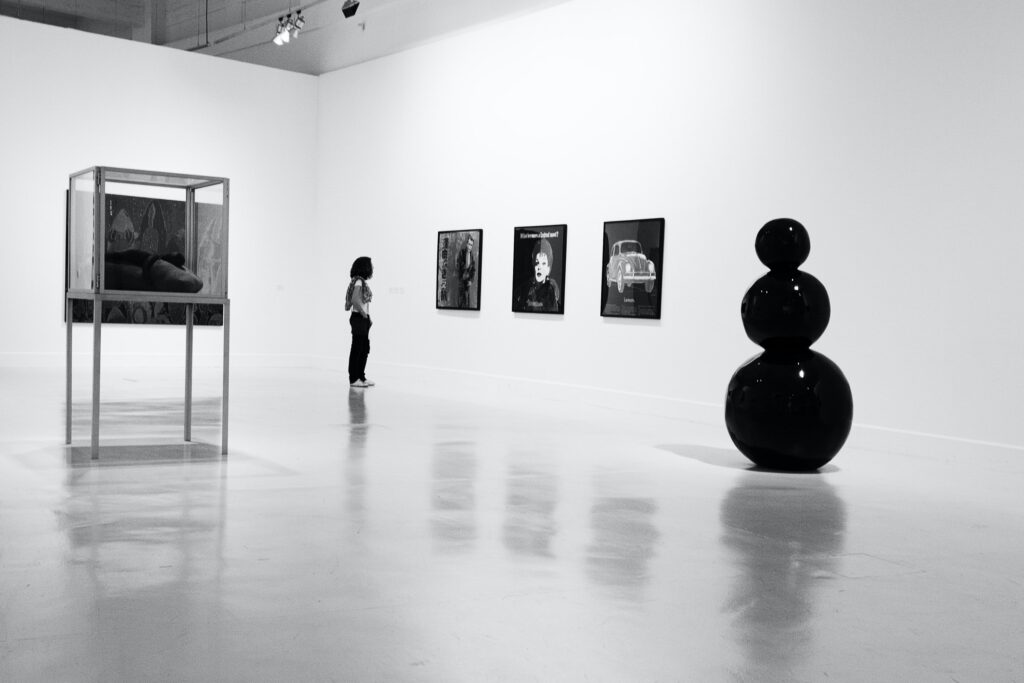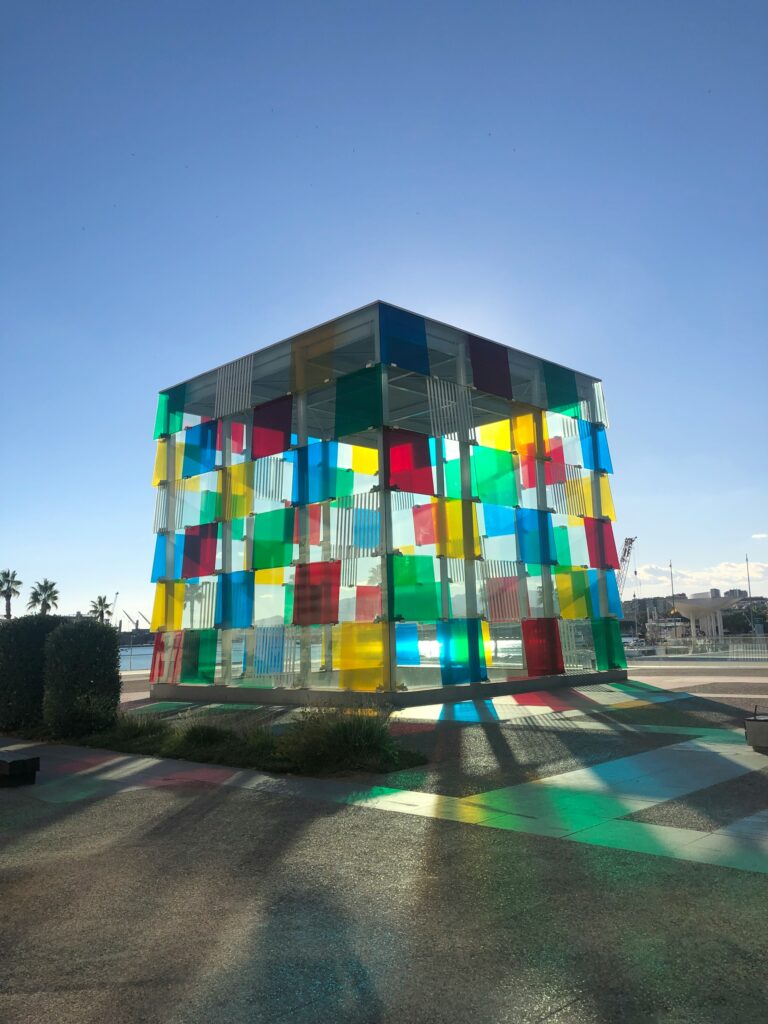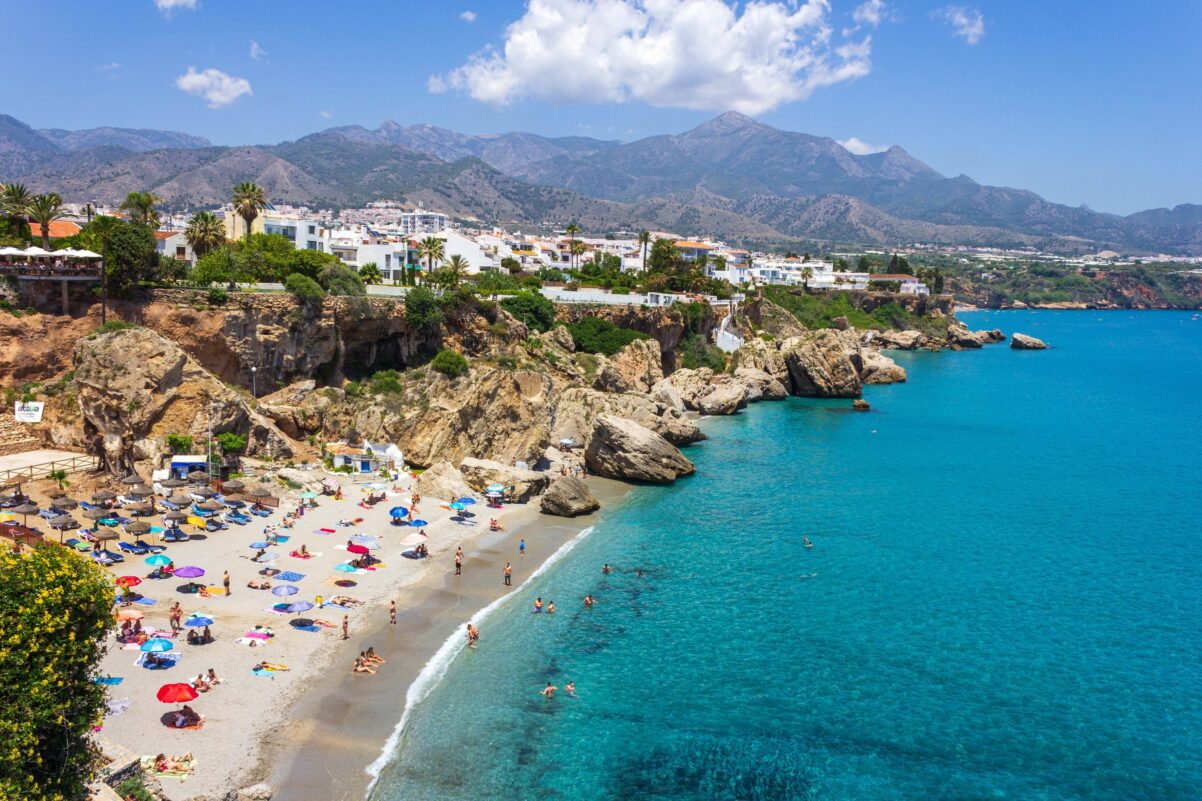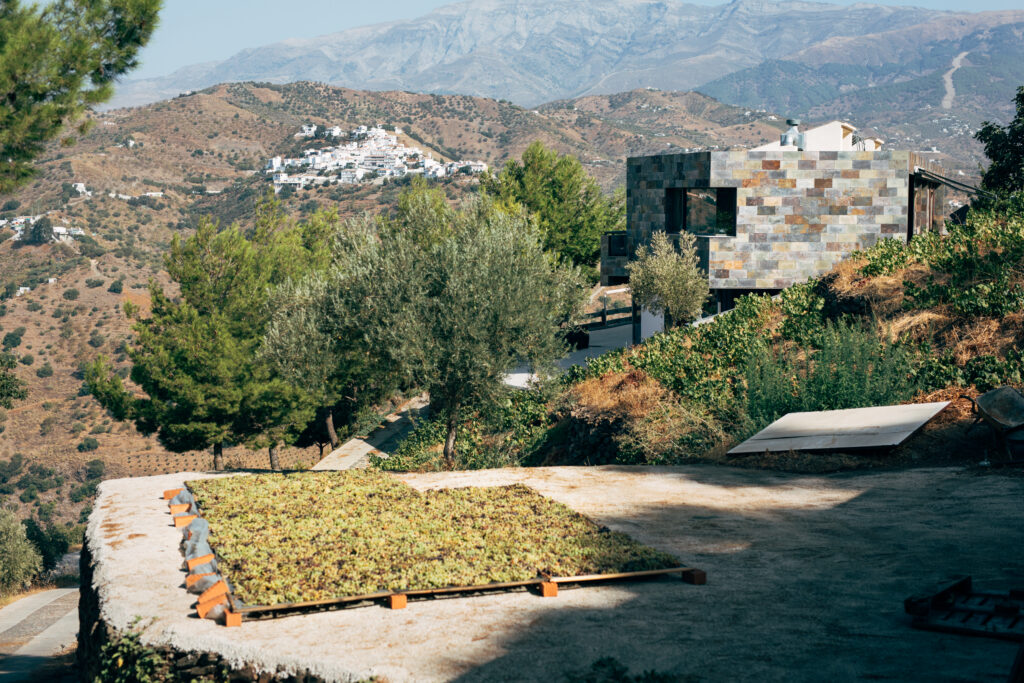Few places in Europe possess such a rich, varied, and lengthy history as Malaga. It is, in fact, one of the oldest established cities on the continent, having been founded by the Phoenicians some 3,000 years ago, while evidence of indigenous civilisations harks back thousands of years before that. Locally discovered Neandertal relics and cave paintings dated more than 30,000 years old indicate that the Malaga region supported human life from its earliest development.
As a bridge between Africa and Europe, a continuing mix of cultures in the area was inevitable, and the warm Mediterranean climate and ideal growing conditions made this southernmost Andalusian province an attractive home across the millennia. The Phoenicians brought olives and vines with them and began organised cultivation that would influence the economic and gastronomic development of the region from then until the present day. Indeed, Malaga today still cultivates the same variety of grape that the Phoenicians brought with them, the Moscatel de Alejandria (Muscat), and olive oil production is a core industry crucial to the local economy.

